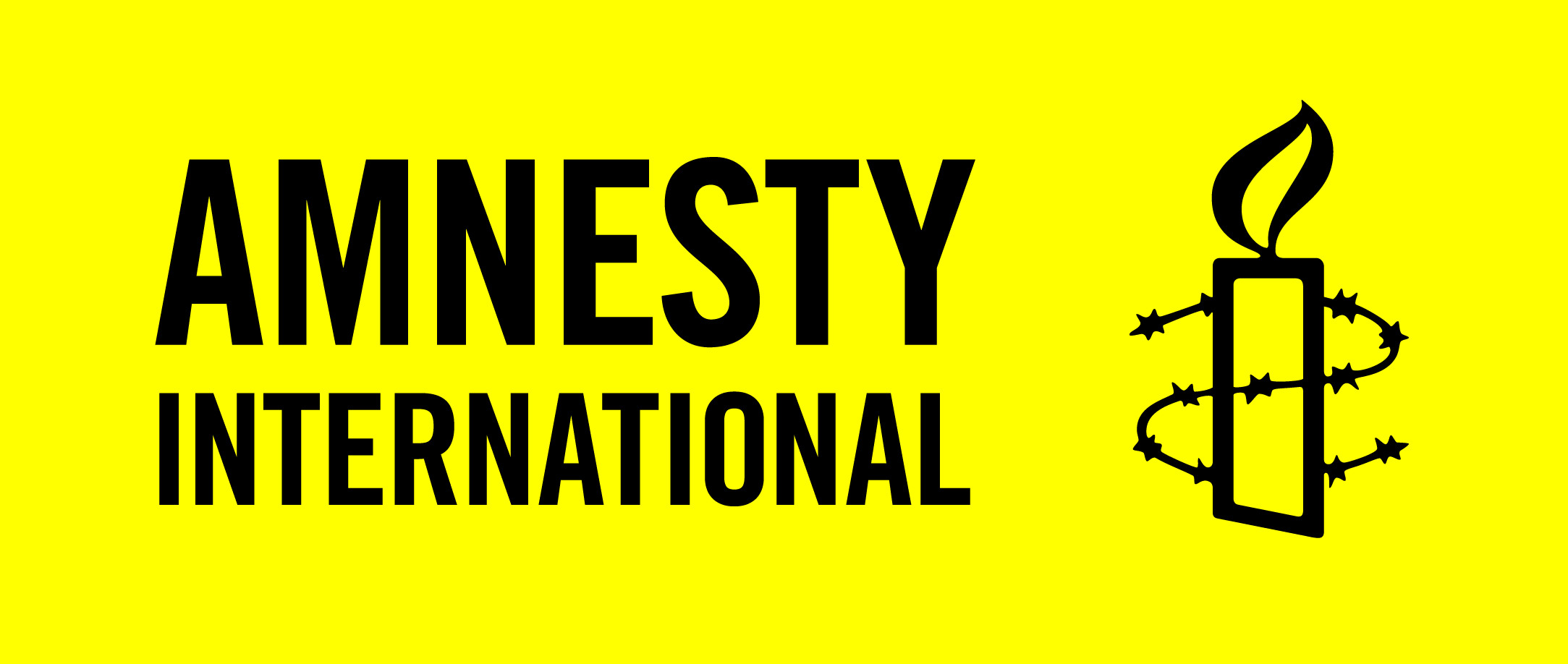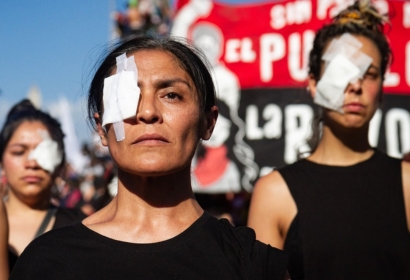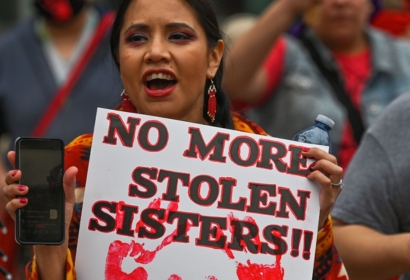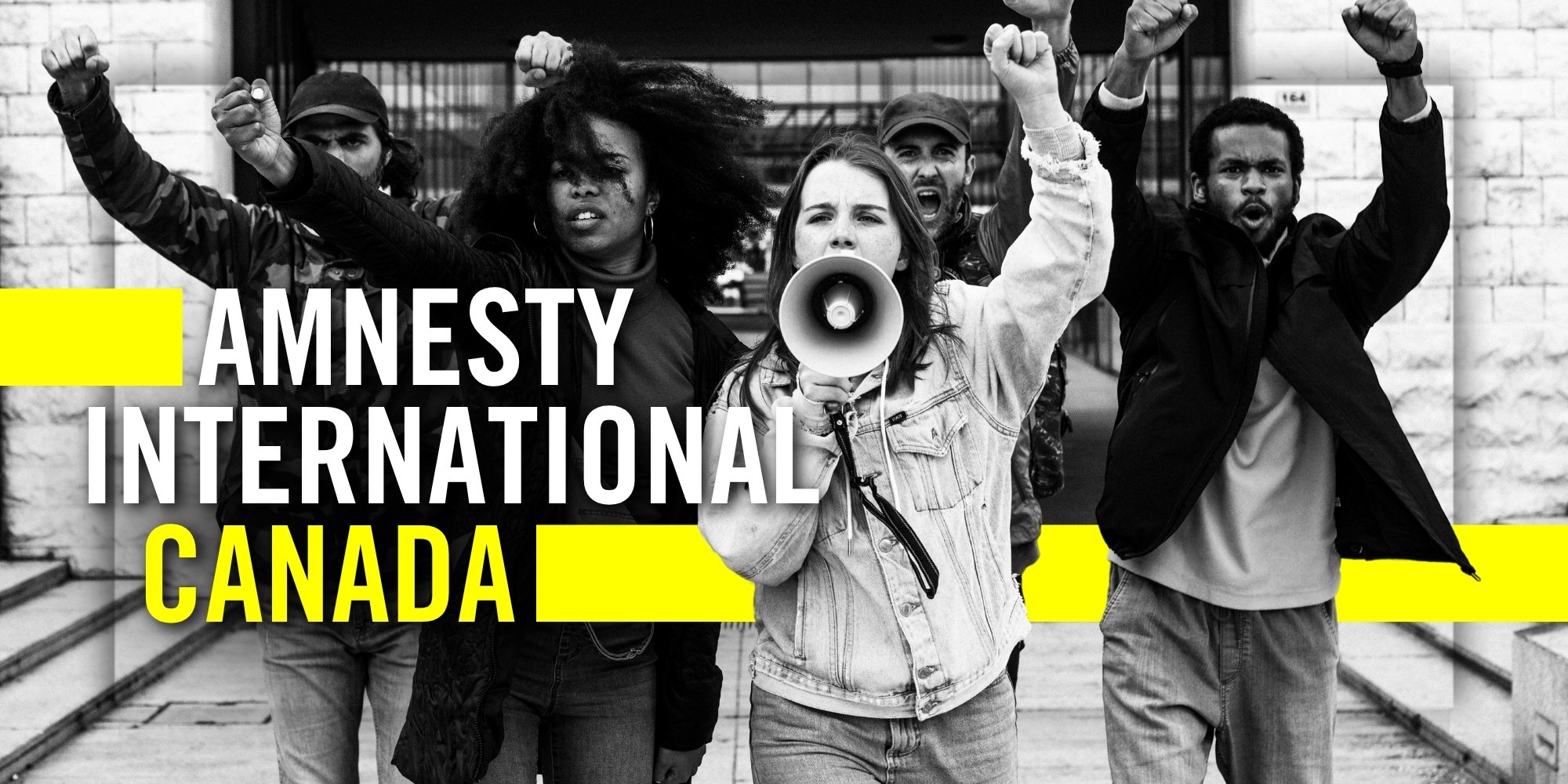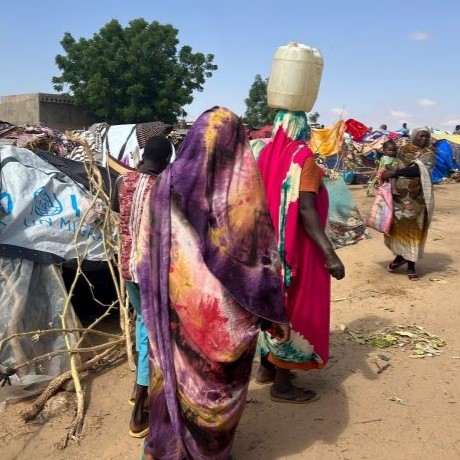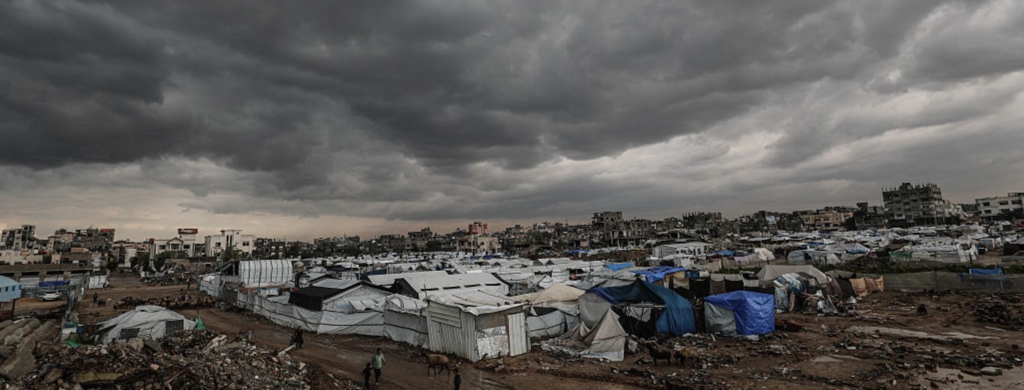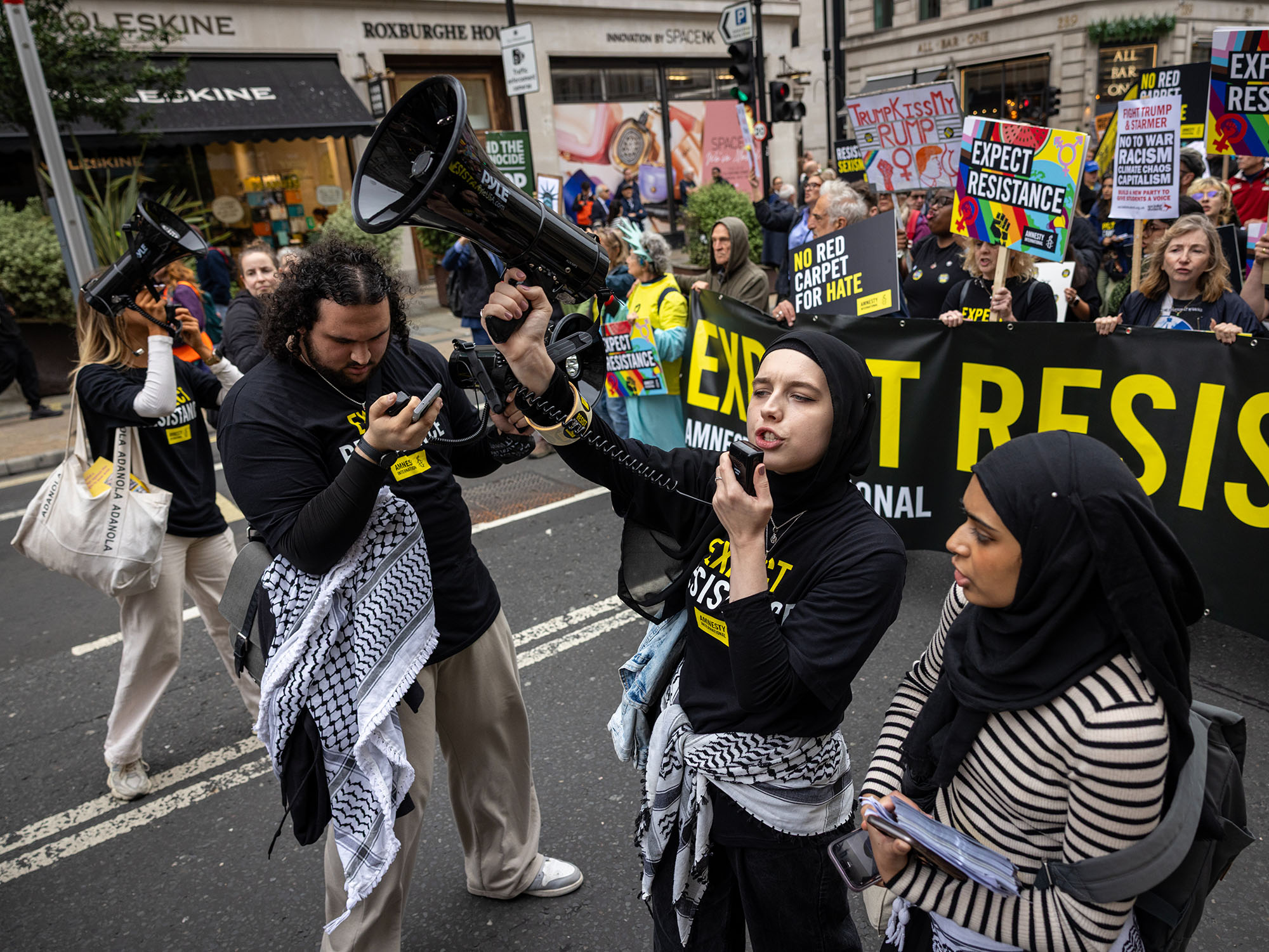Amnesty International was represented in this case by Jessica Orkin, Cassandra Porter, and Natai Shelsen
WHAT IS THIS CASE ABOUT?
The Peace River Valley in northeast British Columbia is a unique ecosystem and one of the few areas in the region that so far has been largely preserved from large-scale resource development. First Nations and Métis families and communities rely on the valley for hunting and fishing, gathering berries and sacred medicine, and holding ceremonies. Their ancestors are buried in this land.
On 14 October 2014, the federal government announced that it would approve the construction of the Site C hydroelectric dam in the Peace River Valley. This was despite the findings of an independent environmental assessment panel conducted on behalf of the federal and provincial governments that the dam would “severely undermine” the ability of Indigenous peoples to carry out crucial cultural and economic practices. The proposed $8 billion plus Site C dam would flood more than 80km2 of the valley. Without providing any explanation, the federal government determined that the harms the dam would cause to the environment and Indigenous peoples were justified.
Doig River First Nation, Prophet River First Nation, West Moberly First Nations, and McLeod Lake Indian Band brought an application for judicial review of the federal government’s decision to approve the Site C project before the Federal Court of Canada. They also filed an application at the British Columbia Supreme Court, challenging the provincial government’s issuance of an Environmental Assessment Certificate approving the Site C project. In both cases, the applicants argued that the federal and provincial governments’ decision to approve the Site C dam infringes their treaty rights to hunt, fish, trap, and sustain their way of life.
AMNESTY INTERNATIONAL’S INTERVENTIONS
Amnesty International applied to intervene in the legal challenges against the Site C dam at both the Federal Court of Canada and British Columbia Supreme Court. While the British Columbia Supreme Court denied us leave to intervene in this case, we were granted permission to provide written and oral submissions before the Federal Court.
In our intervention, we argued that the federal government’s discretion in assessing whether the harmful effects of a project on the environment and Indigenous peoples are justified must be interpreted consistently with principles international human rights law. Under international law, a rigorous standard of protection is required for Indigenous peoples’ rights, including rights to protect their cultural heritage and to maintain the cultural and economic integrity of their communities through their connection to specific territories and the exercise of traditional practices such as fishing, hunting, and trapping.
In order to be consistent with international law, any government decision that threatens Indigenous peoples’ rights must meet that high standard of justification – that is, it must be lawful, serve a legitimate aim, be strictly necessary, and be proportionate, meaning that that the measure that least restricts human rights must be taken over more restrictive measures. The history of dispossession and continued discrimination experienced by Indigenous peoples, and historic patterns of excluding Indigenous peoples from decision-making must inform this balancing exercise.
In our submissions, Amnesty International argued that infringements of protected human rights that leave Indigenous peoples with no meaningful means of exercising those rights cannot be justified. Where the potential for harm is significant, projects should only proceed with the free, prior, and informed consent of the affected Indigenous peoples.
STATUS OF THE CASES
Both the British Columbia Supreme Court and Federal Court of Canada found that the provincial and federal governments’ decisions to approve the Site C project were reasonable. Both courts held that claims of Aboriginal rights infringements must not occur in the context of judicial reviews, but rather in full trials where infringements must be proven through an examination of evidence.
The Federal Court stated that claims of Aboriginal rights infringement must be heard and considered when governments consult with Indigenous communities on decisions affecting their rights – in this case, during the environmental assessment process. However, both courts found that the level of consultation during the environmental assessment was sufficient.
As a result, the British Columbia Supreme Court and Federal Court both upheld the province’s and federal government’s decisions to approve the Site C dam.
UPDATE
The Federal Court judgment was appealed to the Federal Court of Appeal. Amnesty International’s request to intervene before the Federal Court of Appeal was denied. The appeal was heard in September 2016. In its 23 January 2017 judgment, the Federal Court of Appeal upheld the Federal Court’s judgment, accepting the federal government’s argument that, because the Canadian Environmental Act does not explicitly require consideration of Treaty rights, it was “reasonable” to approve the project without first determining whether it would cause unjustifiable harm to the exercise of these rights. The Federal Court of Appeal also accepted the government’s argument that the crucial issues of whether Treaty obligations had been upheld cannot be resolved through judicial review, but would require a full trial process. On 29 June 2017, the Supreme Court of Canada announced it would decline to hear an appeal of the Federal Court of Appeal’s judgment, reinforcing concerns about access to justice for Indigenous peoples in Canada.
The British Columbia Supreme Court decision was appealed to the British Columbia Court of Appeal. In its 2 February 2017 judgment, the British Columbia Court of Appeal upheld the lower court’s judgment, finding that the Minister was not required to determine whether the project would constitute an unjustifiable infringement of treaty rights. However, the Court of Appeal found that “far from there being indifference to the appellants’ contention that the project would constitute an unjustifiable infringement, their contention informed the recognition of the need for consultation that drove the extent to which it was undertaken in discharging the duty owed by the Crown.” Moreover, the Court of Appeal found that the process of consultation was reasonable.
Construction of the Site C dam continued despite the fact that these legal challenges were ongoing. In 2015, BC Hydro began to clear-cut great swath of the Peace Valley floor, destroying the unique plant and animal habitat that is at the heart of the First Nations’ legal challenge to the project. At the start of 2016, a small group of residents, calling themselves the Treaty 8 Stewards of the Land, set up a camp at an historic site in the path of the logging. Their actions temporarily stopped the logging, but the BC provincial court ordered the campers to leave the site.
With the lower court declining to answer whether construction of Site C dam would violate their treaty rights, and if the governments decide to proceed with the project, affected First Nations will have to launch a much longer, more expensive legal process to conclusively prove their rights have been violated. Under the current timetable, there is a great danger that the Peace Valley could be destroyed long before such a case would be resolved. However, on 2 August 2017 the newly elected government of British Columbia sent the Site C Dam construction proposal to the provincial utilities commission for a long overdue review of whether the destructive $8.8 billion-plus mega-project is necessary and economically viable. Amnesty International welcomes the government’s decision to determine whether the project will be allowed to proceed based on this review “along with other environmental and First Nations considerations.”
LEGAL RESOURCES
British Columbia Courts
Amnesty International’s application to intervene before the British Columbia Supreme Court in the Site C case
Judgment of the British Columbia Supreme Court in the Site C case
Judgment of the British Columbia Court of Appeal in the Site C case
Federal Court
Amnesty International’s application to intervene before the Federal Court of Canada in the Site C case
Federal Court of Canada’s order granting Amnesty International leave to intervene in the Site C case
Amnesty International’s written submissions to the Federal Court of Canada in the Site C case
Judgment of the Federal Court of Canada in the Site C case
Federal Court of Appeal
Amnesty International’s application to intervene before the Federal Court of Appeal in the Site C case
Judgment of the Federal Court of Appeal denying Amnesty International leave to intervene in the Site C case
BC Hydro Clarification of position on the UN Declaration on the Rights of Indigenous Peoples
Judgment of the Federal Court of Appeal in the Site C case
MEDIA AND REPORTS
“Amnesty International welcomes BC government commitment that final decision on Site C Dam will consider impacts on Indigenous peoples” (3 August 2017)
“Site C: Canada must find a pathway to justice” (6 July 2017)
“Supreme Court of Canada denies appeal of First Nations challenge to Site C dam” (29 June 2017)
“Beginning of the end for Site C?” (31 May 2017)
“Construction of Site C must halt as provincial NDP and Greens vow to refer the project for further study” (31 May 2017)
“Site C Dam: What price do we put on rights and reconciliation?” (20 April 2017)
“Site C court decision: more important than ever that the Trudeau government keep its promises” (24 January 2017)
“Amnesty International global campaign takes aim at British Columbia’s Site C dam” (8 December 2016)
“How can you stand up against Site C?” (23 November 2016)
“Justice for Peace Caravan Arrives in Ottawa” (13 September 2016)
“Prime Minister Trudeau should not Rely on the Courts to Uphold his Promise to Indigenous Peoples” (13 September 2016)
“Treaty 8 Justice for the Peace Caravan Wants Prime Minister Trudeau to Keep his Promises to First Nations” (5 September 2016)
“Justice for the Peace River Caravan puts Prime Minister Trudeau’s promises to the test” (1 September 2016)
“Amnesty International launches global action to support Indigenous peoples fighting massive Site C hydro-electric dam” (9 August 2016)
The Point of No Return: The Human Rights of Indigenous Peoples In Canada Threatened by the Site C Dam (Report – August 2016)
“Site C Dam – Human Rights at Risk”
“Amnesty International launches global action to support Indigenous peoples fighting massive Site C hydro-electric dam” (9 August 2016)
“New permit for Site C dam breaks federal government promises to First Nations” (29 July 2016)
“Reconciliation, treaty relations, and the fight for the Peace Valley” (12 July 2016)
“Condemnation of Site C Dam unprecedented” (25 May 2016)
“UN Declaration on the Rights of Indigenous Peoples: From ‘unqualified support’ to meaningful implementation” (12 May 2016)
“‘Every week we learn of a new reason why Site C should not proceed’” (14 April 2016)
“Why every Canadian should watch this video” (2 March 2016)
“Site C dam: Still not the ‘point of no return’” (29 February 2016)
“Whitewashing of Canada’s Indigenous rights record must end: Groups urge federal government not to waste opportunity of historic United Nations Review” (23 February 2016)
“Honouring the intent of treaties” (19 February 2016)
“There’s nothing clean about the Site C Dam” (11 February 2016)
“Federal government faces growing calls to halt Site C dam” (11 February 2016)
“Honouring the Treaties: The Site C dam, the destruction of a valley, and the Trudeau government” (17 February 2016)
“Peace Valley, British Columbia: Respect for Indigenous Rights Can’t Wait” (7 January 2016)
“Trudeau needs to take a hard second look at the Site C dam” (14 December 2015)
“Open letter on Free, prior and informed consents” (24 November 2015)
“Global head of Amnesty calls for immediate halt to Site C dam construction” (19 November 2015)
“The Site C Dam: A crucial test of justice” (15 October 2015)
“With approval of Site C Dam, federal government once again puts Indigenous rights last” (15 October 2014)
